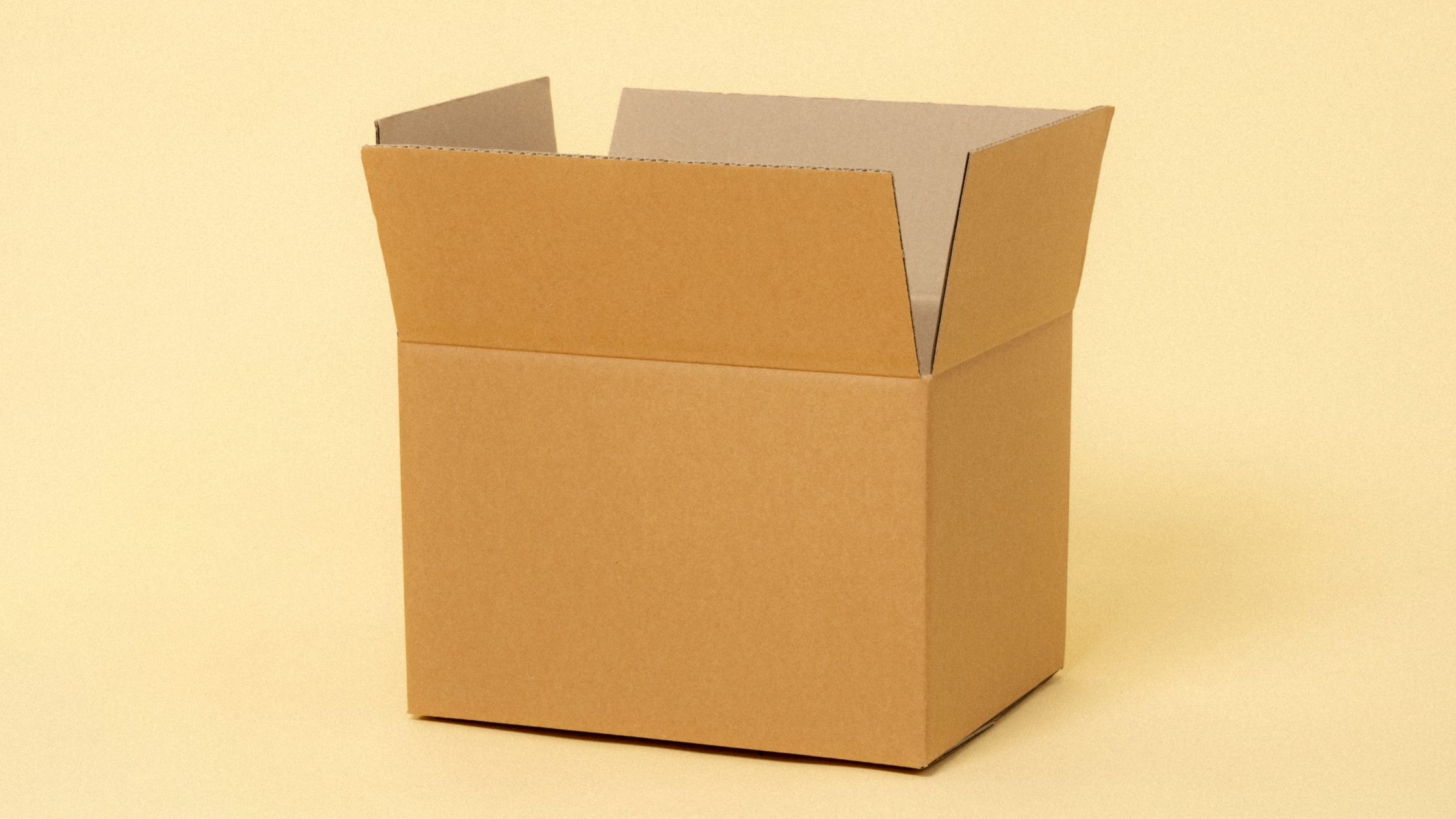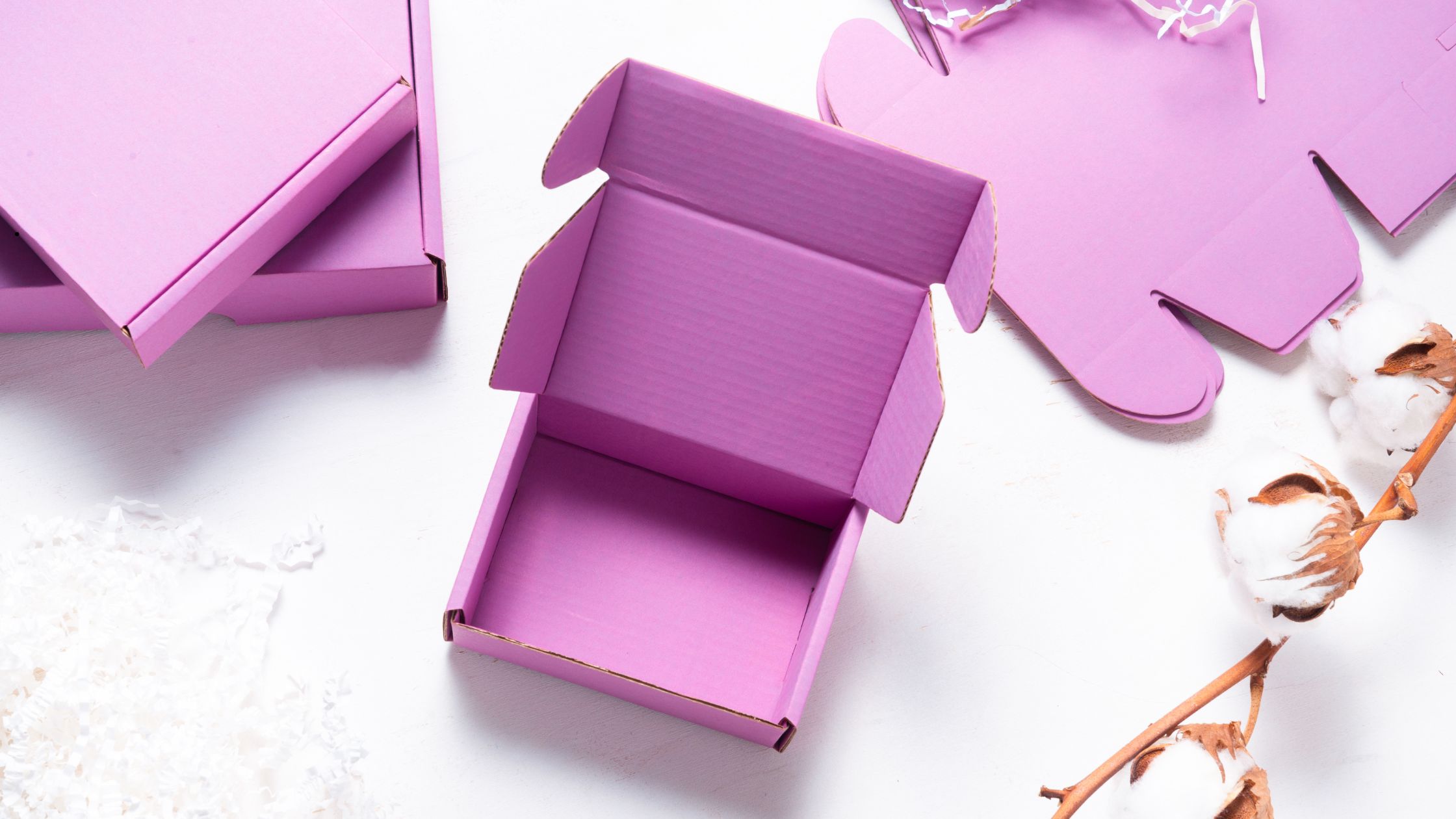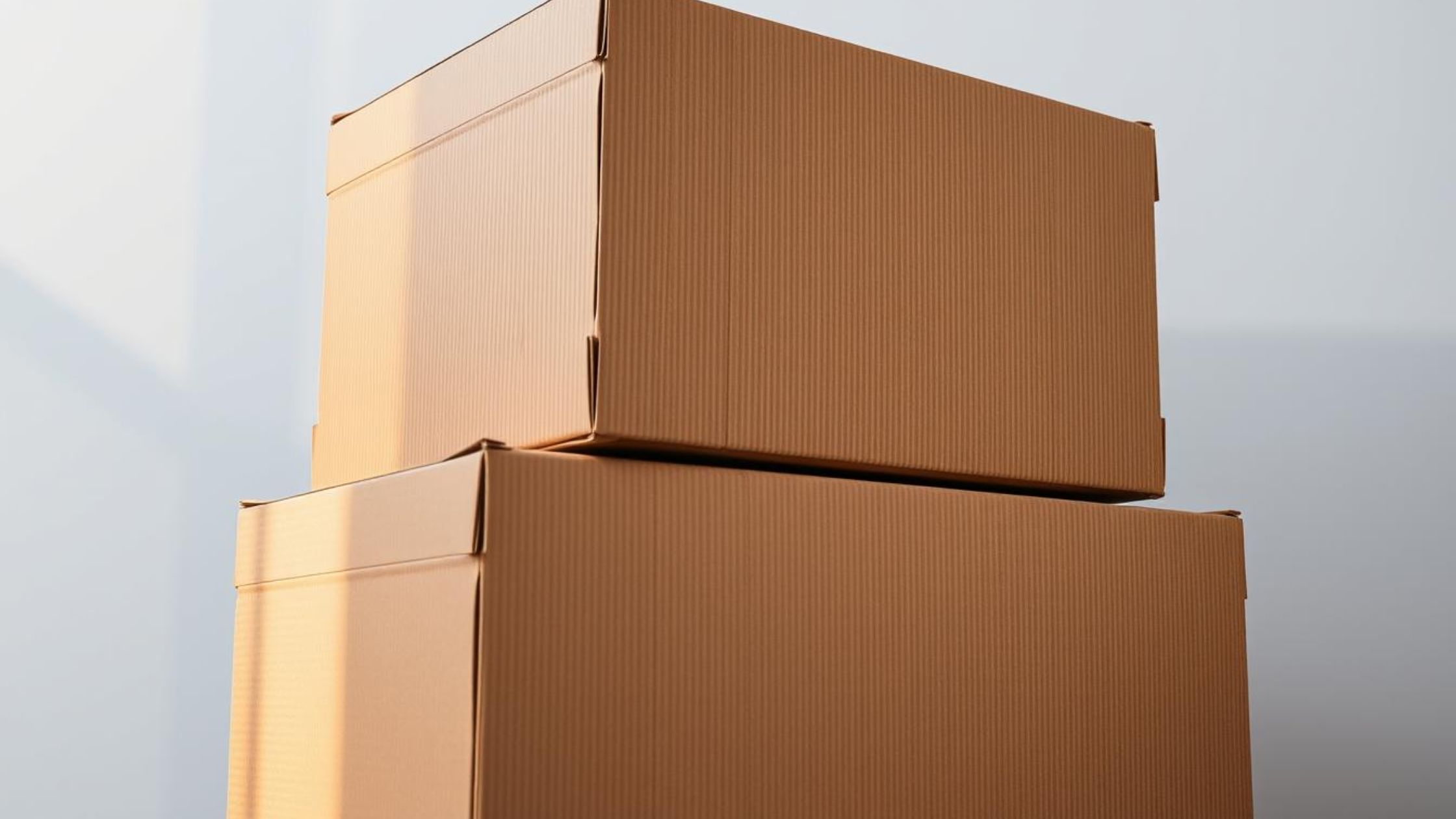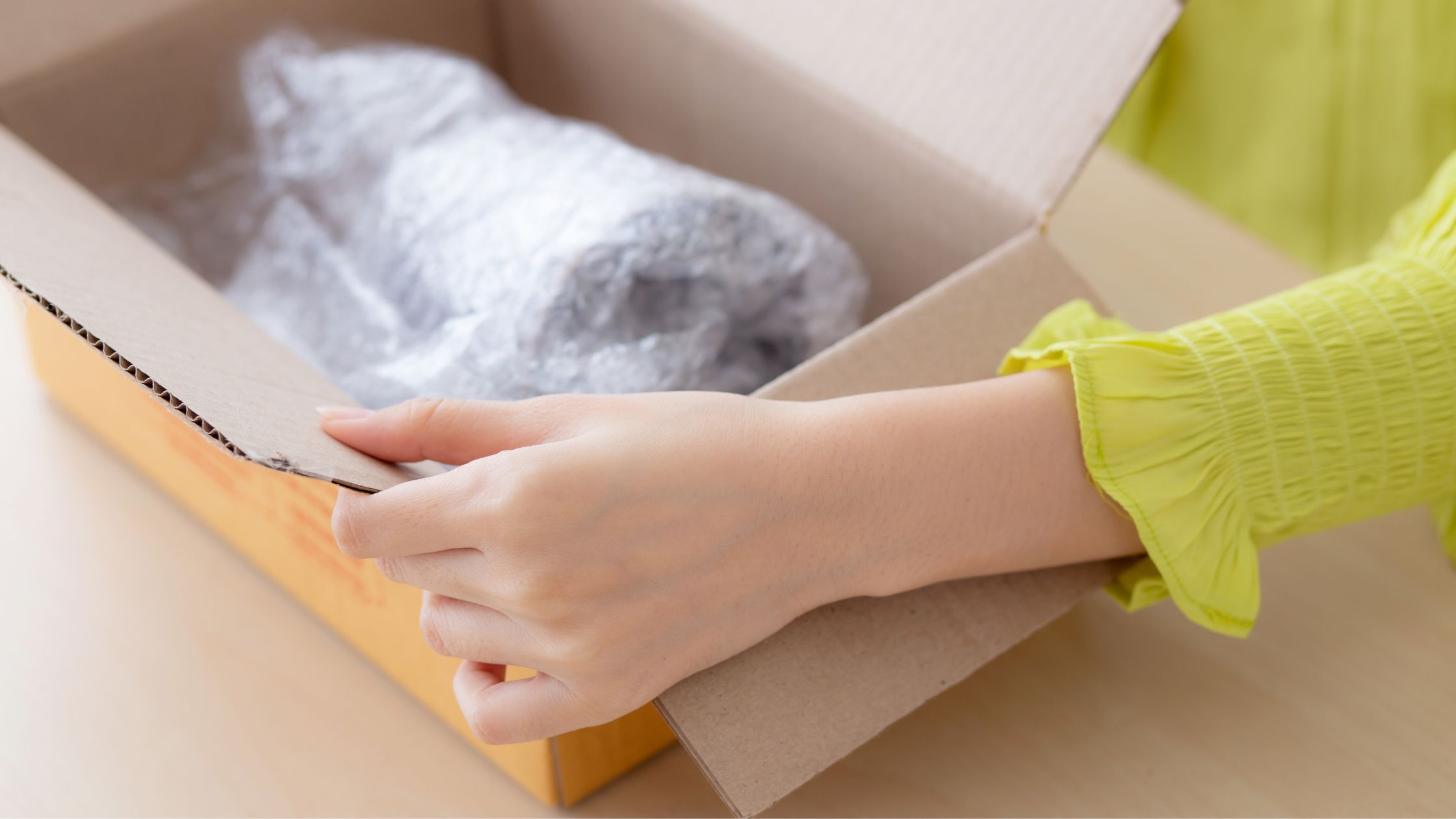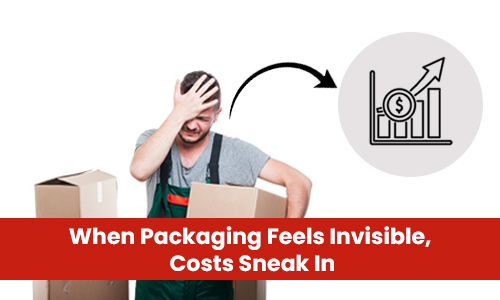
Should You Use a Mailer Box or Shipping Box? A Breakdown by Product Type
Why Your Packaging Choice Is a Strategic Business Decision
You probably wouldn’t have thought about packaging until it gets too late. Until a product arrives damaged, a customer leaves a nasty review, or your shipping bill skyrockets for no clear reason. Maybe it is the wrong box. Maybe it is just not the right kind.
The truth? Most businesses waste 10–25% more on packaging and shipping just because they use the wrong type of box. One of the research from Wichita State University discusses how poor packaging decisions can increase damage costs within supply chain systems, further underscoring the financial implications of inadequate packaging. And we are not talking about flimsy brands here, we are talking about established companies that never took the time to rethink their packaging choices.
One of the biggest culprits? Confusion between mailer boxes and shipping boxes. They do sound interchangeable. But they are not. And if you are shipping cosmetics, electronics, subscription kits, or any direct-to-consumer product, that choice is not minor. It is baked into your cost, protection, and customer perception.
In this blog, we will be breaking down the real differences. Be it structural, economic, or functional. It is written for businesses that care about margins, fulfillment speed, and customer experience.
Let us cut the confusion and make your packaging work smarter.
Mailer Box vs Shipping Box: What’s Structurally Different

At first glance, both the boxes are corrugated. But from a packaging engineer’s perspective, the construction difference is really massive. And it directly impacts protection, branding, cost-per-unit, as well as fulfillment time.
A Breakdown of How Each Box is Built, How It Performs, and What That Means for Your Operations.
Mailer Boxes (typically front-tuck, roll-end tuck top styles) are die-cut from a single sheet with self-locking flaps. This creates a strong, compact form that does not require tape or glue for assembly. They are designed to protect lighter to mid-weight products through last-mile delivery without requiring an outer box. The double side walls offer a strong buffer against compression and dents. You can find many packaging mailer boxes in the U.S., which are especially useful for cosmetics, skincare kits, apparel, or curated subscription products.
Shipping Boxes, on the other hand, are regular slotted containers (RSCs). These are four-flap top-and-bottom boxes that require taping. Structurally, they prioritize stackability and volume, making them perfect for bulkier, heavier products or large-scale distribution. You can use them for electronics, home goods, or bundled inventory, especially those that are going to distribution centers before last-mile delivery.
Which Box Works Better for the Type of Product You’re Shipping
When evaluating packaging by product type, the decision should come from how the product behaves during storage, transport, and delivery. Here is how you can assess the fit based on functional factors:
1. Product Fragility and Internal Movement
- Fragile items with internal components often need multi-layer containment. Shipping boxes with inserts or cushioning systems outperform single-wall mailers here.
- Soft goods or pre-boxed items can hold their own in a rigid mailer, especially if inner movement is minimal
2. Dimensional Weight vs Actual Weight
- If you are dealing with light but large products, mailer boxes can often reduce your DIM weight pricing under USPS or UPS guidelines by staying under threshold volumes.
- Heavy products with compact dimensions tend to shift during transit. Double-wall shipping boxes are structurally better for holding them steady across multiple touchpoints.
3. Moisture Sensitivity or Cold Chain Requirements
- For products like supplements, nutraceuticals, or perishable kits, consider double-walled or coated corrugated shipping boxes that allow for insulation or gel packs.
- Mailer boxes without coatings might absorb ambient moisture during longer freight runs, especially in East-West coast cross-docks.
4. Automation Compatibility
- If your packaging runs through an auto-folder, labeler, or seal machine, mailers must be precision die-cut to avoid jamming. RSCs have wider tolerances and are more forgiving on high-speed lines.
5. Movement. Returns Handling
- For products with high return likelihoods (fashion, consumer electronics) you should prioritize re-sealable, rigid mailers that preserve appearance and security upon re-shipping.
- Multi-piece products or kits are better returned in the original RSC shippers, since mailers may collapse once opened.
Why Packaging Isn’t Just the Box You See on the Outside
Sure, the outer box gets all the attention. But what happens inside is what keeps your product safe and your costs in check. Businesses that only focus on box type often miss where most damage and inefficiency actually come from: poorly planned internal packaging.

When inserts, padding, and flute grade are not optimized, products shift, break, or bulge. It leads to replacements, returns, and wasted spend on overbuilt boxes. These details matter more than most realize, especially when shipping at scale.
Inserts, Flute Grade, and Protective Layers Matter Just as Much
Here is what most teams overlook. It’s not always the type of box that’s the problem. It’s how the product sits inside it. That’s where material engineering starts to impact real business metrics. The table below breaks down how each internal packaging component functions, and how it impacts both your costs and product safety at scale.
| Component | What It Does | Impact on Cost | Impact on Protection |
| Custom Inserts | Holds product in place, prevents shifting | Moderate | High |
| Flute Grade (E, B, C, etc.) | Determines board thickness and cushioning | Low to High (depends on grade) | Medium to High |
| Layer Pads / Liners | Add rigidity, stack support, and surface protection | Low | Medium |
| Void Fill (paper/foam) | Fills empty space, basic impact protection | Low | Low to Medium |
| Die-Cut Fitments | Designed to product shape, enhances unboxing | High | Very High |
Mistakes That Cost Businesses More Than They Realize
Most brands only react to broken products or customer complaints. But the real packaging losses happen silently. Rising dimensional weight charges, higher return rates, damaged brand perception, and inefficient warehouse handling, all have a direct impact on the business.
When your packaging isn’t aligned with the product, operations, and logistics strategy, every shipment becomes a liability. The bar chart below outlines how different types of packaging mistakes typically affect various cost areas in logistics and operations:

Paying close attention to details like flute grade, stacking strength, and inner cushioning can significantly optimize both shipping efficiency and product safety. When these specifications are thoughtfully matched with your product type and logistics workflow, businesses often see fewer damages, faster pack-out times, and better freight utilization.
Common Errors U.S. Companies Make When Choosing Boxes
1. Over-Reliance on Standard Box Sizes
Many U.S. companies default to a limited range of standard box sizes, often selecting medium-sized boxes to accommodate various products. Think you’re saving by standardizing everything? You’re probably overspending on space, weight, and materials, while risking product damage on top of it. Paperclips in a shoebox? That’s not smart inventory management; that’s just paying to ship air. And if the box can’t handle the load, returns pile up, complaints roll in, and you’re stuck covering both ends.

2. Inadequate Consideration of Box Strength
Secondly, if you select boxes without examining their strength relative to the product’s weight and fragility, it becomes a common oversight. Using boxes with insufficient Edge Crush Test (ECT) ratings can result in product damage during transportation, which can lead to more returns and obvious customer dissatisfaction. For example, if you’re using a 32 ECT box for heavy products, it may not provide adequate protection, potentially increasing the risk of damage.
3. Neglecting Customization Options
Today, you can find endless custom packaging solutions in the U.S. Using customized packaging, including specialized inserts and box dimensions, gives the brand a unique identity and also ensures a snug fit for their products. This also reduces movement and potential damage. Companies like Ucanpack provide countless customizable packaging options based on your brand identity.

4. Overlooking Environmental Impact
These days, companies that ignore the environmental implications of their packaging choices risk alienating eco-conscious customers. Overpackaging, excessive use of non-recyclable materials, and lack of sustainable practices can easily tarnish a brand’s image and lead to customer attrition.
Final Takeaway: Your Packaging Choice Has Bigger Implications Than You Think
Every box you send out reflects how well you understand your logistics, how efficiently you manage costs, and how seriously you take customer experience. The right box, if it’s a custom mailer box or a heavy-duty shipping box, can improve margins, reduce damage rates, and strengthen your brand perception.
The right call between a mailer or shipping box comes down to how your product moves, where it is going, and what it needs along the way. It can either cut costs and protect your brand, or quietly chip away at both. The decision is yours.
And if you still feel uncertain, Ucanpack.com has got your back. We help businesses streamline, protect, and scale with packaging that actually fits. Let's build a better box strategy, starting today!

